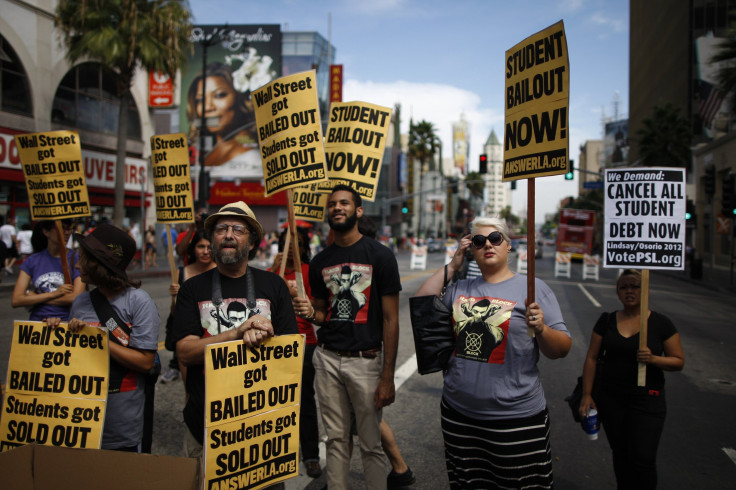US Federal Student Loan Rates Jump As Much As 21% For Coming School Year

College-bound American undergrads will pay 21 percent more for federal student loans than those who took out loans over the past year after a law went into effect last summer that links the loans to the 10-year government bond rates.
And while Congress and the White House hailed the reform as lowering the cost of borrowing for higher education, the wording of the law leaves open the possibility that future federal student loan rates could top their historic peaks if the 10-year Treasury rate ever increased to levels reached on numerous occasions since the mid-1970s.
As of July 1, undergraduates will pay 4.66 percent on federal Stafford loans, up from the 3.86 percent rate that expired Monday. The new rate means a $10,000 loan paid off in 10 years would cost about $460 more now than if that same loan had been taken out for the last academic year.
Graduate student borrowers for the upcoming school year will see a 15 percent increase to 6.21 percent while rates on PLUS Loans, for graduate students and parents of undergraduates, will jump 12 percent to 7.21 percent.
The rates could have been much higher had Congress and the White House not passed a law last year that changes the way interest is calculated, but because the new formula is tied to the market rather than set by Congress, rates will fluctuate every year. Rate caps in the Bipartisan Student Loan Certainty Act 0f 2013 also leave open the possibility that some higher education federal student loan interest could rise to historic highs if the government bond rate ever shot up.
Under the old way of calculating the cost of federal student loan borrowing, Stafford loans for both undergraduates and post-graduates topped 8 percent in the mid-90s. The new rules cap undergraduate interest rates at 8.25 percent, but for post-graduates that rate can reach 9.5 percent. For PLUS Loan borrowers the cap is 10.5 percent.
These caps would begin to kick in if 10-year Treasurys yields touched 6 percent or higher. The last time the 10-year note topped 6 percent was in the late '90s and during the eight-month recession in 2001.
Had the new rules been in effect at the time, post-graduate borrowers would have hit the 9.5 percent interest rate cap as recently as when a lot of Millennials were in college.
© Copyright IBTimes 2024. All rights reserved.












